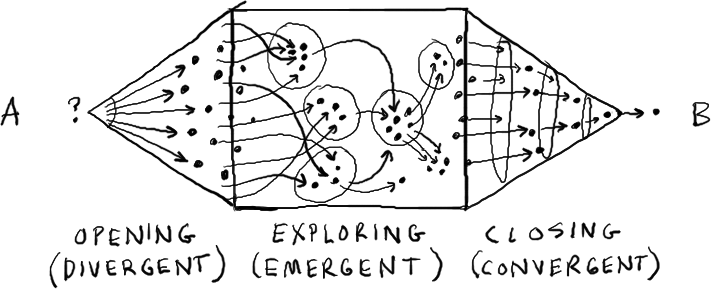"Mark Goulston in his breakthrough new book Talking to Crazy, brings his communication magic to the most difficult group of all - the downright irrational" - Amazon.com
Step by Step
1. Calmly Pause
- Pause before responding.
- Drink a glass of water or go to the bathroom.
- Be mindful by using one or more of the following strategies
- Strategy 1. Reframing an attack as an opportunity.
- Repeat in silence the phrase: "Opportunity to poise".
- Pause, do nothing, and repeat to yourself: "Opportunity for poise".
- Breathe and repeat: "Opportunity for poise."
- Strategy 2. Picturing your mentors.
- Think of two or more people who have loved and supported you.
- Think about the reasons why you are grateful to those people.
- Mentally thank your mentors.
- Strategy 3. Eight steps pause (in your mind).
- Physical Awareness.
- "Right now, I am physically feeling ___."
- Emotional Awareness.
- "And now I'm feeling ___."
- Impulse awareness.
- "My feelings make me want to ___."
- Consequences awareness.
- "If I respond this way, what's is likely to happen is ___"
- Insight awareness.
- "Now that I'm a little calmer, I can see that I might be overreacting or taking the situation too personally in this way ___"
- Solution awareness.
- "A better thing to do would be ___"
- Benefit awareness.
- "If I try that better strategy, the benefits will be ___"
- Let's go awareness.
- "Now that I did the first seven steps, what I'm going to do is ___"
2. Start the Conversation
- Look at the eyes of the other person and say in a puzzle but not angry mode:
- "Whoa, What was that about?".
- If they may continue the attack. Let them go, then say:
- "Yeah, and that too. What was that about?"
- Let the other person go off again, then say:
- "I can't say I like your tone or style but just so I don't miss the point you are making - what is exactly what you'd like me to get from this" or say:
- "Not the best delivery on your part - but going forward in your mind's eye, what exactly do you want me to start doing, and what do you want me to stop doing, so we do not have this conversation again?"
Covered Scenarios
- How to receive feedback.
- How to receive difficult feedback.
- How to respond to an attack.
- How to respond to unsolicited feedback.
- How to calm down.
- How to gain control.
References


